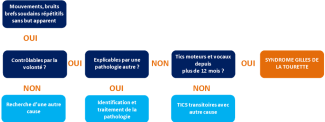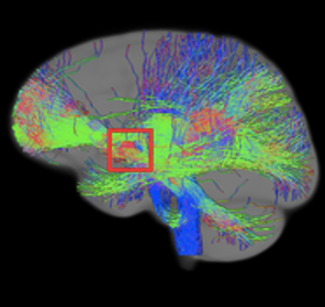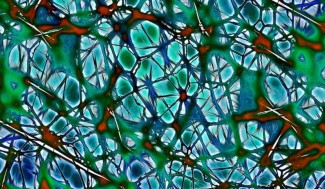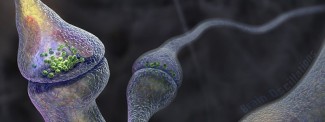The main symptoms of Tourette’s syndrome are tics – intermittent movements or sounds – often accompanied by psychiatric disorders. These are almost always accompanied by psychiatric symptoms. Tics are intense and repeated, but they can be temporarily controlled through voluntary effort, although this is usually limited to short periods. In children, the types of tics can vary over time: some can disappear and be replaced by others.
Diagnosis of Tourette’s syndrome
According to the DSM-5 criteria, the disease begins before the age of 18 and presents with both motor and vocal tics that happen regularly for more than a year and are not caused by drug use or another neurological disease.
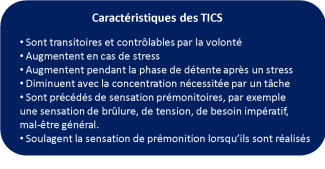
The severity of the disease is determined by an objective measurement of the tics using the Yale Global Tic Severity Scale (YGTSS).
Diagnosis of Tourette’s syndrome is said to be differential because sometimes other conditions need to be ruled out. In clinically complex cases, neurophysiological methods can be particularly useful in differentiating tics from other abnormal movements that can sometimes be similar, such as dystonia (muscle spasms) or myoclonus (involuntary jerking of a muscle).
